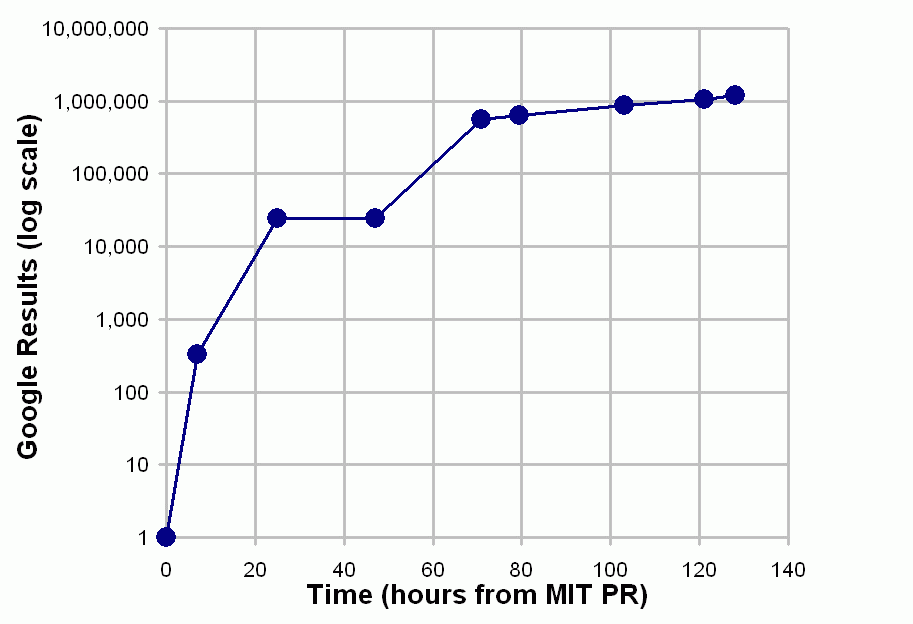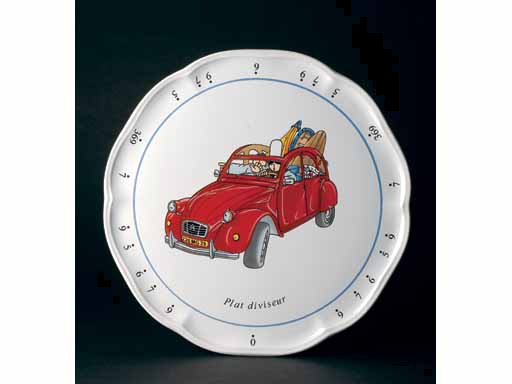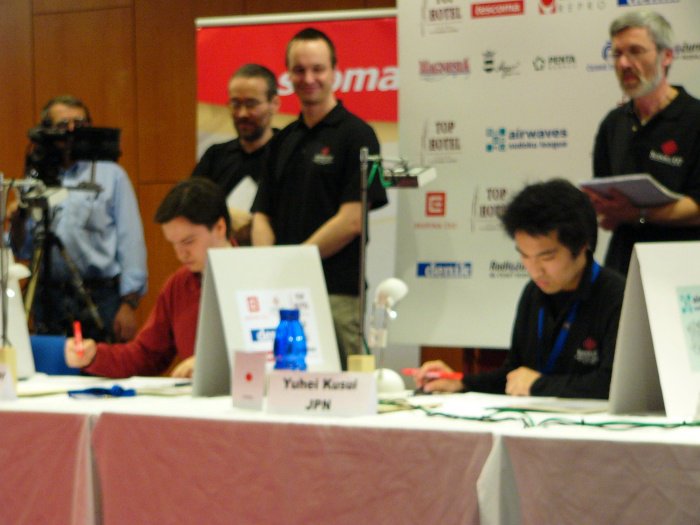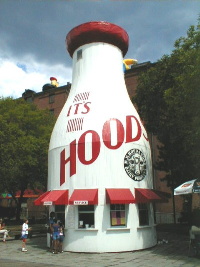 Â Â Â Â
    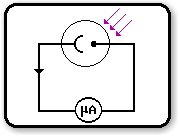    Â
    
On Pi Day, 1879 Albert Einstein was born. In 1921 he won the Nobel Prize in Physics, primarily for his pioneering work (pdf) completed March 17, 1905 explaining the photoelectric effect - a couple of months before he wrote about Special Relativity during his Annus Mirabilis. Coincidentally, 2 other Nobel Prize winners were born within a month of Einstein: Otto Hahn, the father of nuclear chemistry, and Owen Willans Richardson, who also studied the photoelectric effect and explained the sea of electrons in metals. In 1905 Einstein wrote:
According to the assumption considered here, when a light ray starting from a point is propagated, the energy is not continuously distributed over an ever increasing volume, but it consists of a finite number of energy quanta, localised in space, which move without being divided and which can be absorbed or emitted only as a whole.
In 7th grade I won a first prize in the Bronx county Science Fair with a project called How Does a Photelectric Cell Convert Light Energy into Electrical Energy. The setup was a photocell connected in series to a microammeter and a standard light source aka a candle. I spoke to the particle nature of light, but what I measured was the inverse square law for light. I had the help of a neighbor, who was a physicist, in designing the experiment. The funny part is I thought my experiment was too simple to be any good. I envied the nuclear battleship model, and other such elaborate things. In 7th grade I knew nothing about Einstein’s Nobel Prize, or the elegance of physics.
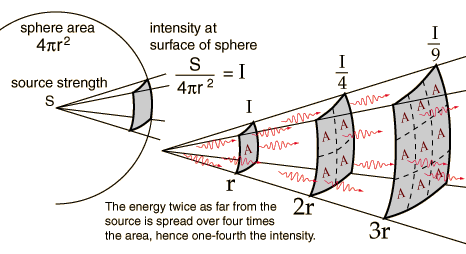
Today, in what is described as an experimental masterwork, French physicists claim to be able to trap a single photon in an “Einstein box.”

Incidentally, Einstein got an average performance review in 1905.


